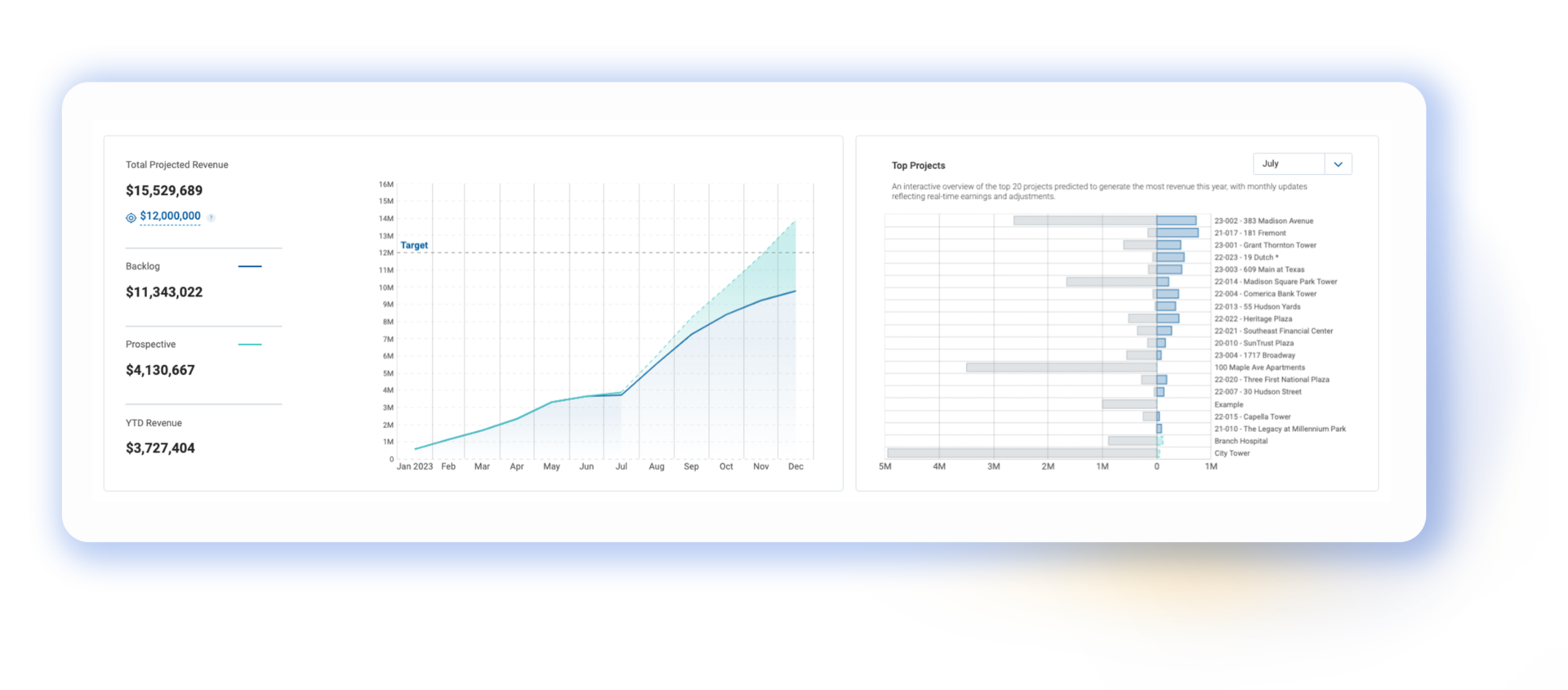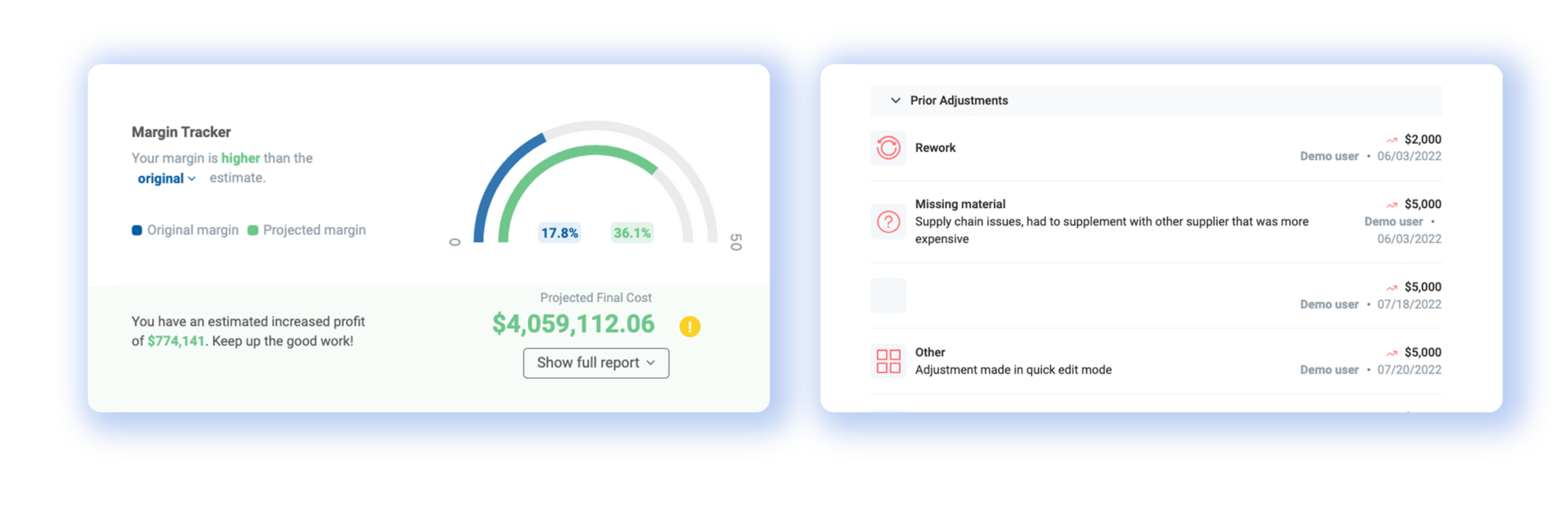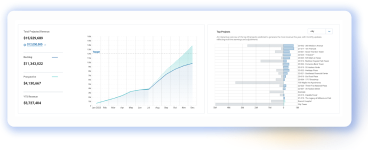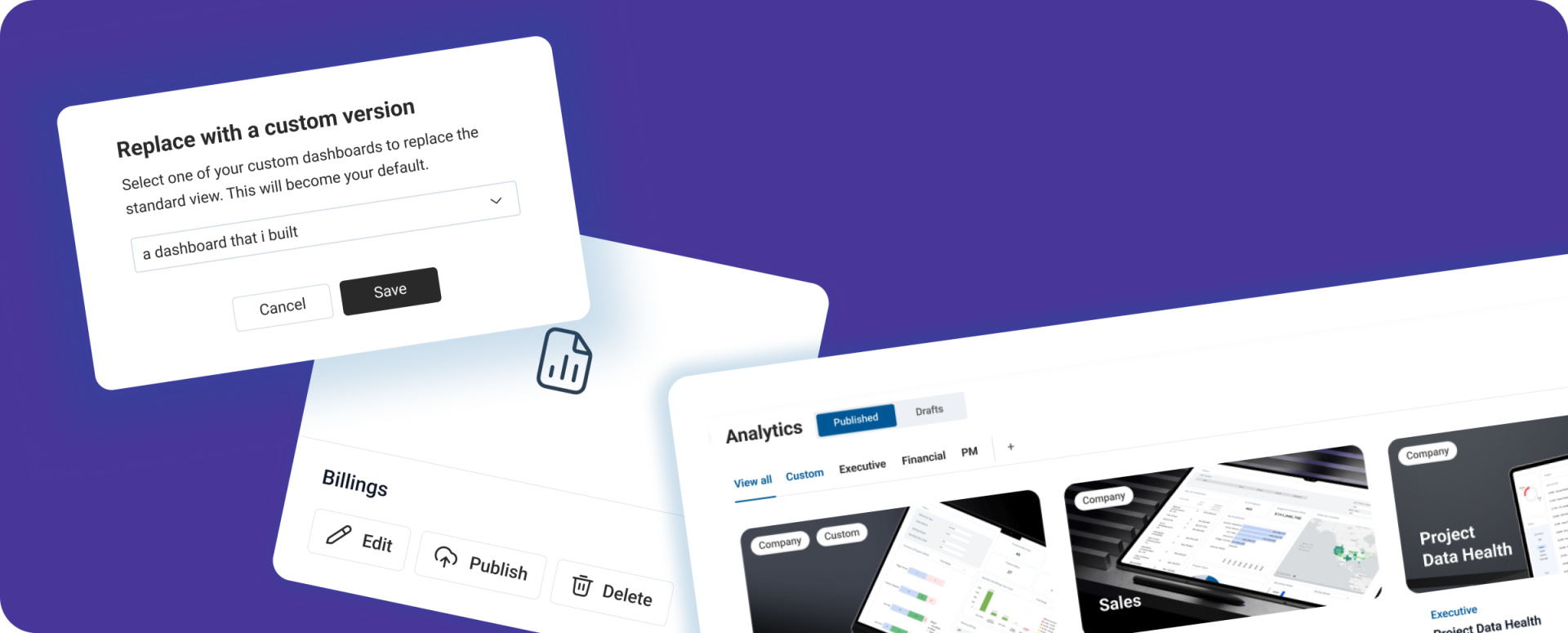In the ever-changing and uncertain landscape of the construction industry, effective financial management is crucial for success. A key aspect of this management is accurate forecasting, which plays a vital role in ensuring the financial health and longevity of a construction company. Forecasting in construction is not just about looking back at past performance; it is a proactive approach that allows businesses to anticipate and plan for the future with confidence.
Published July 12, 2023 . 3 mins read
Forecasting in Construction: The Three Essential Forecasts Every Business Should be Doing
Business

There are three essential forecasts that every construction firm should prioritize: the cash flow forecast, revenue forecast, and project forecasting. These three critical forecasts create a comprehensive picture of the company’s current and future financial position, allowing for strategic decision-making, mitigating risks, and enhancing efficiency. Let’s dive deeper into the significance of each one:
1. Cash Flow Forecast
Cash flow is the lifeblood of any business, and in construction, it’s especially critical given the industry’s cyclical nature and lengthy payment cycles. A cash flow forecast is a tool that predicts the inflow and outflow of cash within a specific period. It helps to identify potential shortfalls, manage working capital, and ensure financial solvency.
With accurate cash flow forecasting, a construction company can confidently schedule projects, buy equipment, hire workers, and pay bills, knowing that it will have sufficient cash on hand when needed. Here are some things to consider when creating a cash flow projection. A strong cash flow forecast can also help maintain strong relationships with suppliers and all project stakeholders, as it ensures that payments can be made on time.

2. Revenue Forecast
Whereas cash flow forecasting focuses on liquidity, revenue forecasting is about potential profitability. It predicts the amount of revenue that the company will generate over a specific period. This is calculated by considering the value of all signed contracts, the probability of prospective deals closing, and the historical performance of the business.
This information is vital for strategic planning and decision-making. With accurate revenue forecasting, construction companies can make informed decisions about investing in new projects, expanding their operations, or entering new markets. Additionally, understanding future revenue can aid in negotiations with creditors or investors by demonstrating the company’s earning potential.

3. Project Forecasting
Project forecasting extends beyond just financials—it also encompasses the projection of timelines, resource allocation, risks, and potential hurdles linked to a specific project. In the construction industry, where projects are often multi-faceted and vulnerable to potential delays and cost overruns, this level of detailed, project-level forecasting is indispensable.
One critical aspect of project forecasting involves making necessary budget adjustments to arrive at an accurate projected final cost. As the project progresses, actual costs may deviate from the initial budget due to unforeseen circumstances, changes in scope, or inefficiencies in turn creating profit margin fade. By continuously tracking these changes and making appropriate adjustments to the forecast, companies can maintain a realistic picture of the final project cost. This regular updating not only increases the accuracy of the forecast but also allows companies to manage stakeholders’ expectations more effectively and avoid unpleasant surprises at the end of the project.
Equally important in this process is capturing the root cause of budget adjustments. By understanding why deviations occurred—whether due to fluctuations in material prices, changes in labor costs, unexpected project complexities, or other reasons—companies can learn valuable lessons that inform future forecasts. This root cause analysis fosters continuous improvement, reducing the likelihood of repeating the same mistakes and enhancing the overall accuracy and reliability of future project forecasts.

A robust project forecasting system—one that includes regular budget adjustments and root cause analysis—is a potent tool for construction companies. It provides real-time insights into project performance, helps to manage costs effectively, and drives continuous improvement in forecasting accuracy.
In conclusion, construction companies that prioritize cash flow, revenue, and project forecasting are setting themselves up for success. These three types of forecasts not only provide the financial intelligence needed to make informed decisions but also contribute to the overall operational efficiency and risk management of the company. In the unpredictable world of construction, having a clear view of the future is perhaps the most valuable tool a company can possess.




